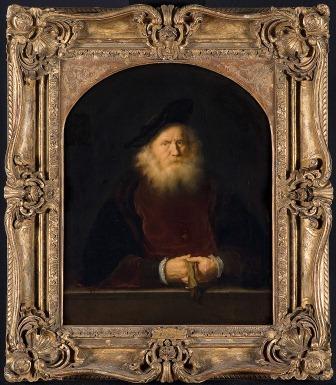Recommendation
In a letter dated 9 October 2013 the Minister of Education, Culture and Science (hereinafter referred to as the Minister) asked the Restitutions Committee (hereinafter referred to as the Committee) for advice about the application for restitution dated 11 September 2013 from AA, BB, CC, DD, EE and FF (hereinafter referred to as the applicants) as being entitled to the estates of Alphonse Stettiner, Oscar Stettiner and Adele de Jong-Stettiner (hereinafter referred to as Adele Stettiner). The application concerns a painting by Salomon Koninck (1609-1656), Old Man with Beard, which is part of the Netherlands Art Property Collection (hereinafter referred to as the NK collection) under inventory number NK 2694. It is currently in the repository of the Netherlands Cultural Heritage Agency.
